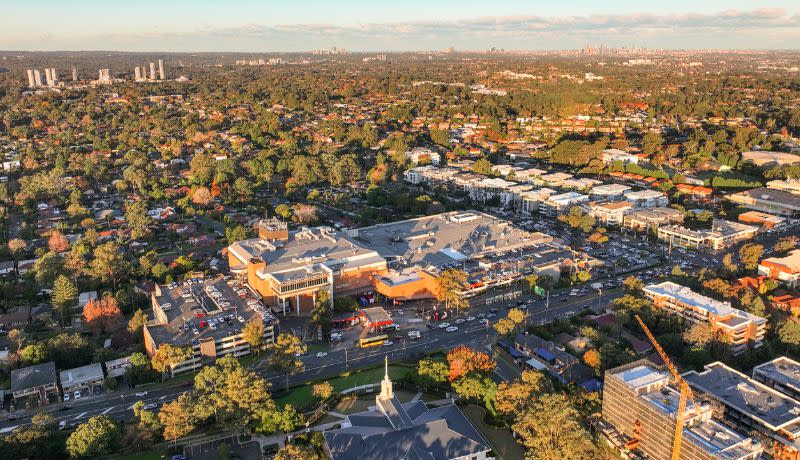Resources
Newsletter
Stay up to date and with the latest news, projects, deals and features.
Subscribe
Last year’s record $13.4 billion in shopping centre investments has flowed through to 2022 and is likely to continue, according to JLL’s head of national retail investments.
JLL senior director Sam Hatcher said land-rich metropolitan-located retail centres remain of strong interest to capital seeking secure income and longer-term development potential.
“Capital remains very focussed on assets that provide strong income growth to ride out this period of higher interest rates,” Hatcher told The Urban Developer.
“Retail centres have historically been the most attractive asset class to transition through higher inflationary periods as a considerable number of retail leases are linked to tenant performance and turnover.”
Hatcher’s comments came as Hong Kong-based JY Group announced it had expanded its Australian shopping centre portfolio, paying $120.5 million for a 50 per-cent stake in Sydney’s Carlingford Court.
It’s the second time in less than 12 months JY has teamed up with the shopping centre’s co-owner and manager Vicinity Group, and boosts the group’s Australian assets to almost $1.8 billion.
Located about 18km north-west of the Sydney CBD, Carlingford Court is a four-level, 33,298-sq-m centre anchored by national retailers Coles, Woolworths and Target, with 65 specialty stores all supported by restaurants, cafes and takeaway food outlets.
CBRE, which negotiated the off-market transaction on behalf of Telstra Super, says the centre draws 5.3 million visitors a year, with a moving annual turnover of $188 million. Telstra Super partnered with Federation Centres, now Vicinity Centres, to acquire the centre for $177 million, almost a decade ago.
CBRE’s Simon Rooney said the result showed the continued demand for quality, metropolitan sub-regional assets with a focus on non-discretionary spending.
“There is particularly strong interest in assets which offer mixed-use development potential and strategic value-add opportunities,” he said.

In the case of Carlingford Court, the deal includes the potential for a mixed-use apartment development on a vacant 1762sq m site next to the shopping centre.
Rooney says the sale was struck on a passing yield of about 6.3 per cent and a fully leased yield of 6.5 per cent.
JLL’s Hatcher says vacancy rates across the entire retail sector remain at historically low levels.
“With construction costs elevated and a level of yield softening occurring in certain areas of the market, major new retail projects will be postponed until the market stabilises,” he said.
“New supply is likely to be constrained.”
After months of uncertainty for the large-format retail sector brought on by the global pandemic, the past 12 months have recorded a rush of major shopping centre deals around the country.
Last year, JY Group with Haben Property Group acquired Wollongong Central shopping centre from GPT Group in a $402 million deal.
JY Group also has secured a half stake in one of Australia’s oldest suburban shopping centres, Roselands in Sydney’s south-west, from Challenger in a $167 million deal. It now co-owns that with Vicinity.
And most recently, in an announcement to the Australian Stock Exchange, Newmark Property REIT said it had spent $57 million to acquire a large format retail site at Underwood, in Greater Brisbane’s south.
“The Australian retail market remains a very attractive sector for capital given the transparent nature of tenant performance and land rich nature of retail sites,” Hatcher said